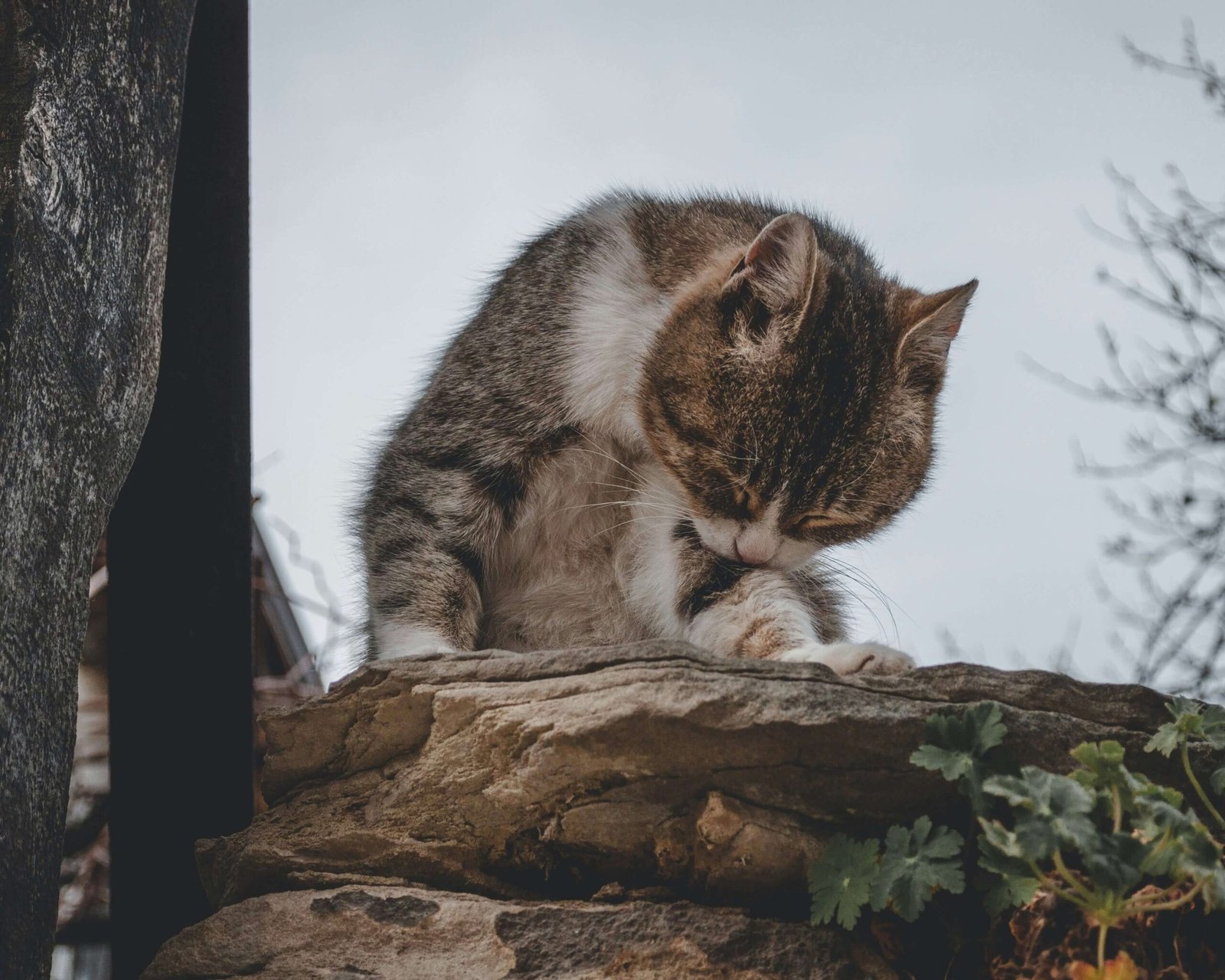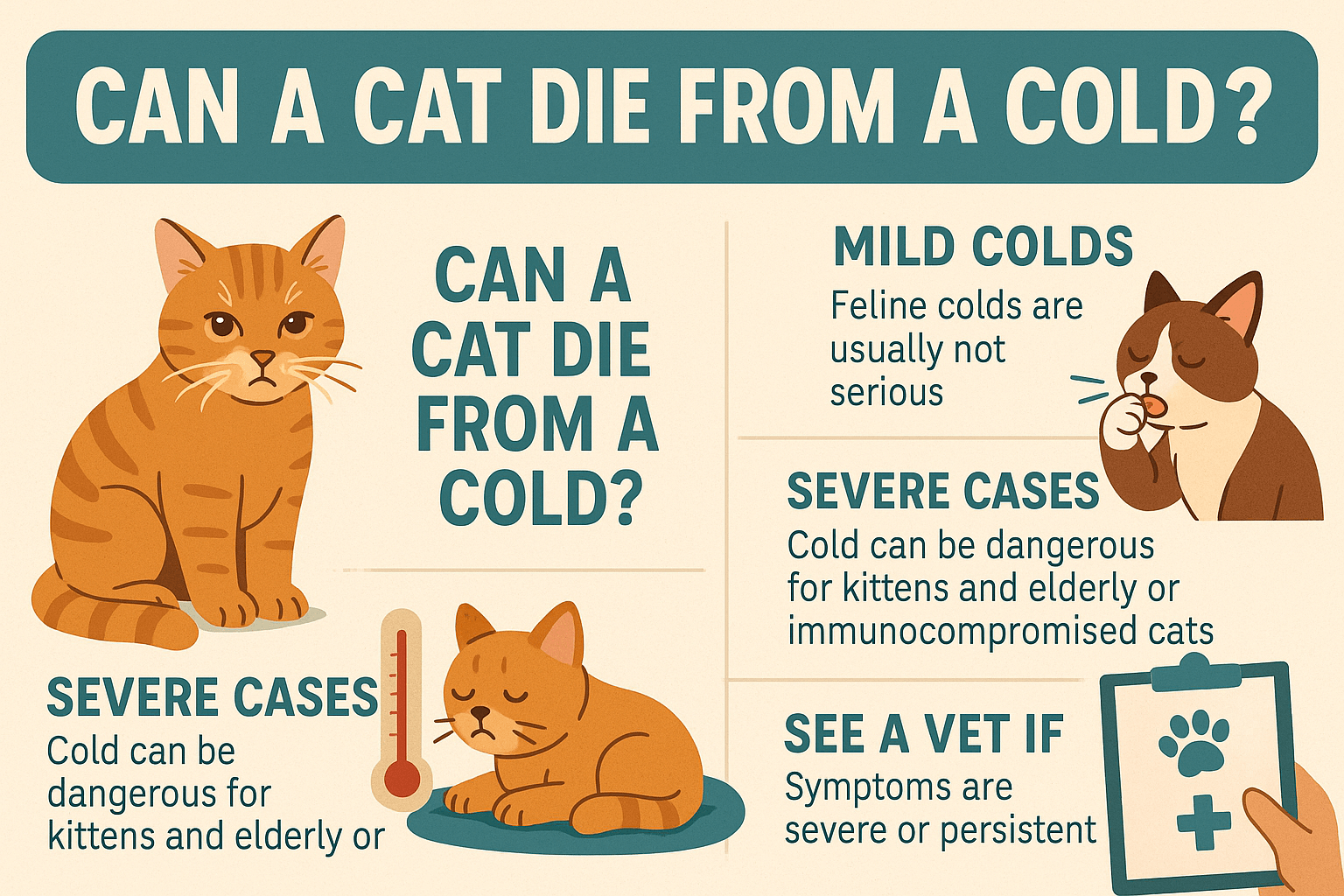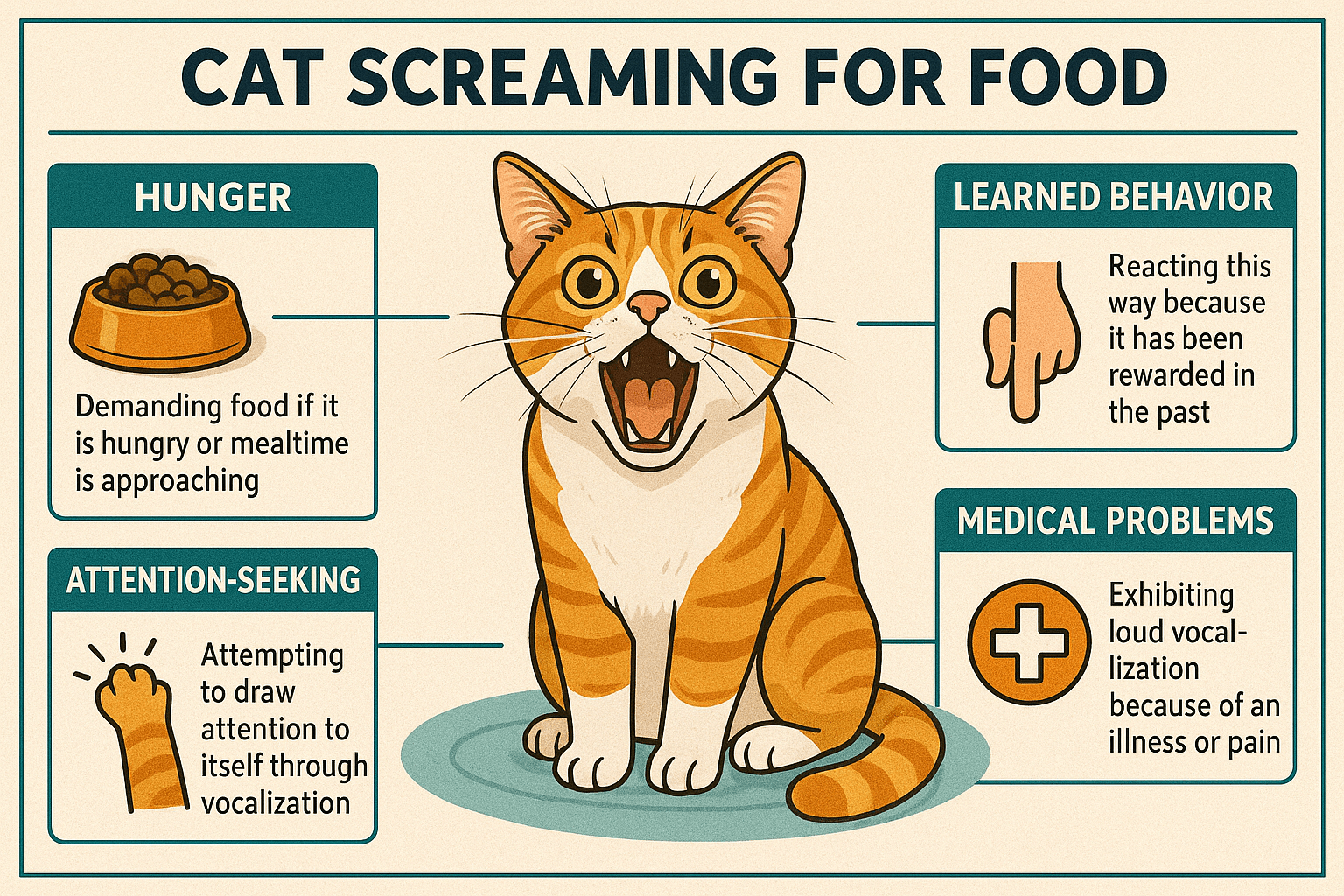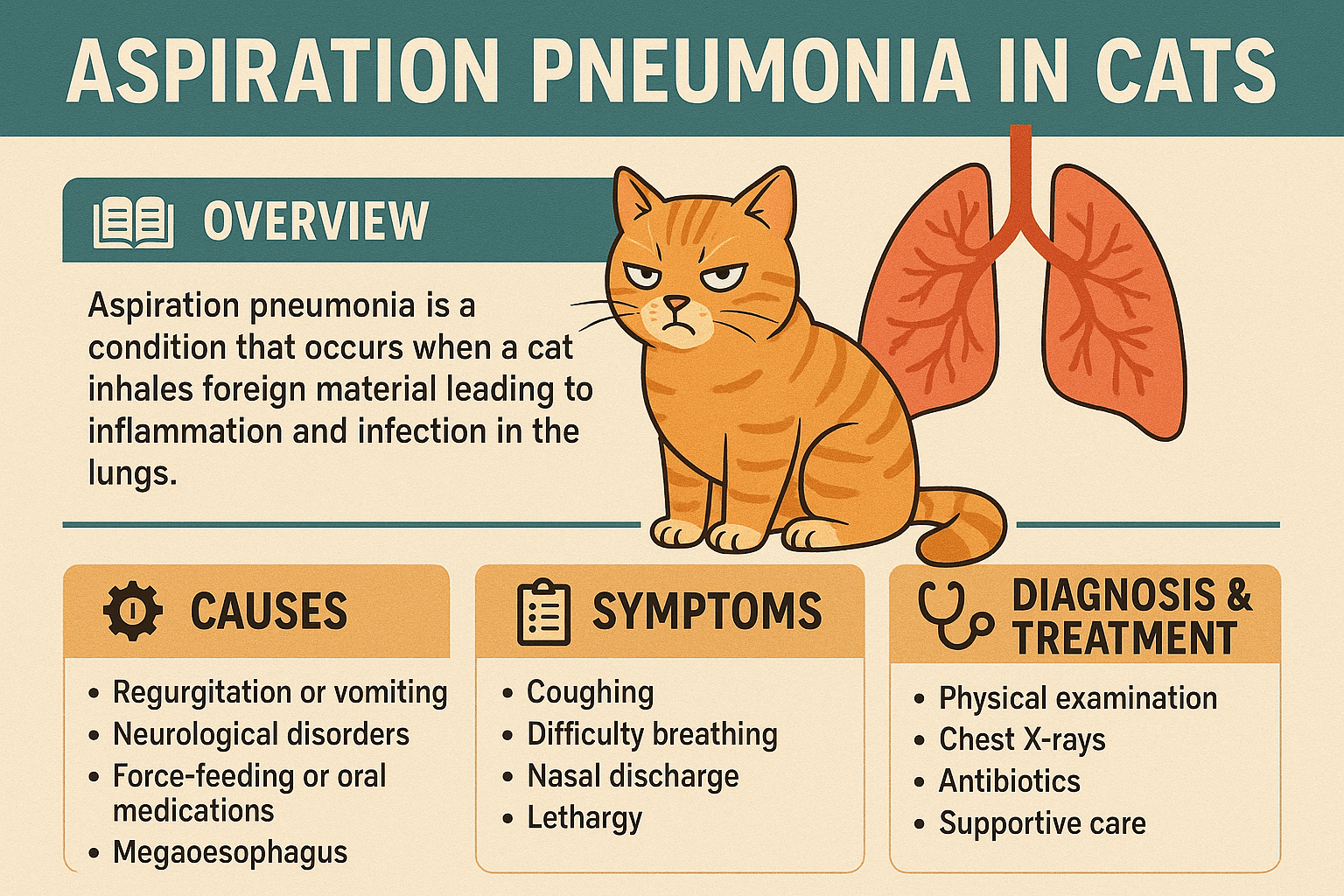How to Tame a Feral Cat: A Step-by-Step Guide to Building Trust
Feral cats often live on the fringes of society, relying on their instincts to survive in the wild. Unlike domesticated cats, they are not accustomed to human interaction and may initially seem untouchable or even hostile. However, with patience, compassion, and the right approach, it is possible to tame a feral cat and help them transition into a more trusting relationship with humans.
Whether you’re looking to bring a feral cat into your home or simply want to provide care from a distance, this guide will walk you through the process of how to tame a feral cat. From understanding their behavior to building trust over time, you’ll learn how to create a safe and supportive environment for these resilient animals.
Understanding Feral Cats: What You Need to Know Before Starting
Before attempting to tame a feral cat, it’s essential to understand their unique characteristics and needs. Feral cats are not simply stray cats; they are often born in the wild and have had little to no contact with humans. This lack of socialization makes them naturally wary of people. Here are some key points to keep in mind:
Feral vs. Stray
A stray cat is a lost or abandoned pet that may still be open to human interaction, while a feral cat has lived independently without human contact.Survival Instincts
Feral cats rely on their instincts to survive, which means they are highly alert and cautious around unfamiliar situations or people.Socialization Window
Kittens under 8 weeks old can often be socialized more easily, but older feral cats require much more time and patience.Health Considerations
Feral cats may carry diseases or parasites due to their outdoor lifestyle, so it’s important to approach them with caution and prioritize veterinary care once trust is established.Respect Their Boundaries
Not all feral cats will want to be tamed, and forcing them into close contact can cause stress. Always respect their comfort levels.
Understanding these factors will help you set realistic expectations and approach the taming process with empathy and care.
Step-by-Step Guide to Taming a Feral Cat
Taming a feral cat requires a gradual and patient approach. Rushing the process can undo progress and damage the fragile trust you’re trying to build. Follow these steps to create a positive experience for both you and the cat:
Start with Observation
Spend time observing the cat from a distance to understand their habits, preferred hiding spots, and level of fear toward humans.Provide Food and Water
Leave food and water in a consistent location to establish trust. Start by placing it far away and gradually move it closer to you over time.Use Calm Body Language
Avoid sudden movements or loud noises. Sit quietly and let the cat approach you on their terms.Introduce Yourself Slowly
Talk softly to the cat and avoid direct eye contact, as this can be perceived as a threat. Let them get used to your presence before attempting any physical contact.Offer Treats and Positive Reinforcement
Use treats to reward the cat for coming closer or showing curiosity. This helps associate you with positive experiences.
By following these steps, you’ll lay the foundation for a trusting relationship with the feral cat, paving the way for further socialization.
Check this guide 👉Why Cats Love to Lay Down: Best 7 Expert Tips!
Check this guide 👉Why Does My Cat Stare at Me? Best 7 Behavior Tips!
Check this guide 👉Why Does My Cat Have Diarrhea? Best 7 Expert Tips!
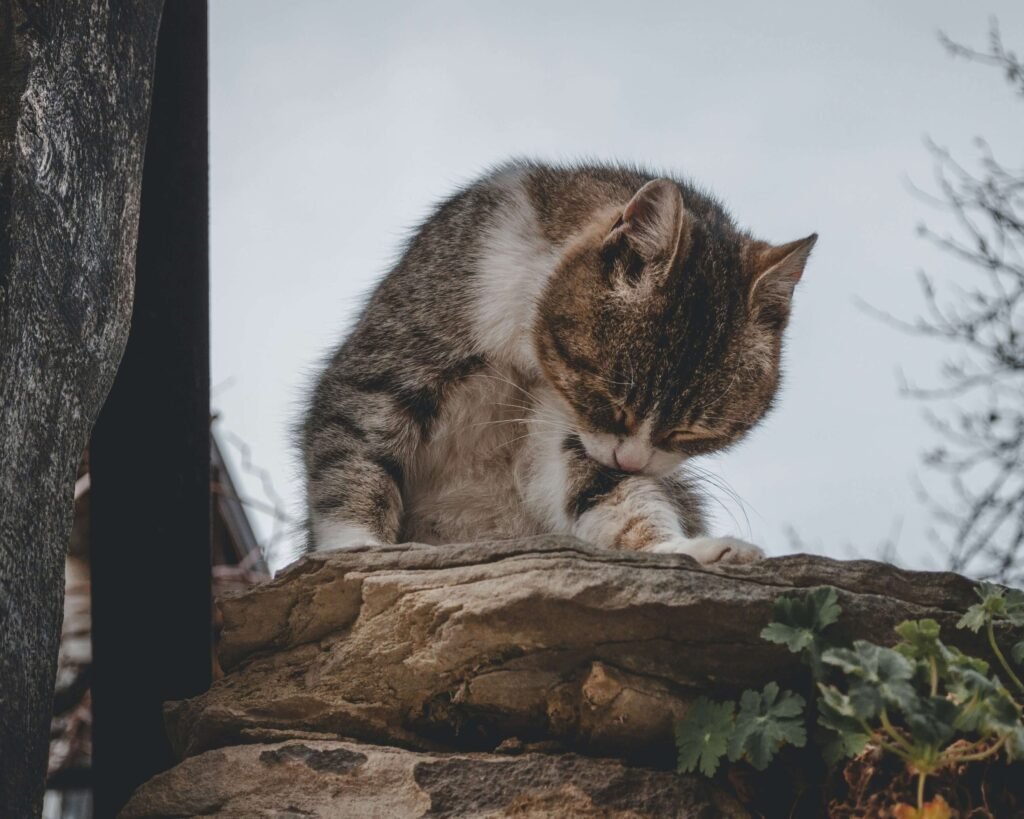
Signs of Progress | Potential Challenges |
|---|---|
The cat approaches you willingly | The cat hisses or runs away when approached |
The cat eats in your presence | The cat refuses food near you |
The cat allows gentle petting | The cat hides for extended periods |
The cat follows you or watches you | The cat shows signs of illness or injury |
The cat purrs or kneads near you | The cat remains overly fearful |
Creating a Safe Environment for a Feral Cat
Once you’ve started building trust with a feral cat, it’s crucial to provide them with a safe and comfortable environment. This will help them feel secure and accelerate the taming process. Here are some tips to create the ideal space:
Choose a Quiet Room
Set up a small, quiet room where the cat can retreat and feel safe. Avoid areas with high foot traffic or loud noises.Provide Hiding Spots
Include boxes, blankets, or cat caves where the cat can hide if they feel overwhelmed.Minimize Stressors
Keep other pets and loud household activities away from the cat’s space to reduce anxiety.Maintain Consistency
Stick to a routine for feeding, cleaning, and interacting with the cat to build predictability and trust.Use Familiar Scents
Place items like clothing or blankets with your scent in the room to help the cat grow accustomed to your presence.
A calm and secure environment will make the feral cat feel more at ease, fostering a stronger bond between you and the animal.
Signs Your Feral Cat Is Becoming More Socialized
As you work to tame a feral cat, there are specific behaviors that indicate progress. These signs show that the cat is beginning to trust you and adapt to human interaction. Look out for the following milestones:
Approaching Without Fear
The cat begins to approach you voluntarily, even if only for short moments.Eating Near You
The cat feels comfortable enough to eat while you’re nearby, rather than waiting for you to leave.Showing Curiosity
The cat starts sniffing or investigating objects associated with you, such as your shoes or bags.Allowing Gentle Touches
The cat tolerates light petting or brushing without retreating or hissing.Purring or Rolling Over
These behaviors indicate relaxation and growing affection toward you.
These signs are encouraging indicators that your efforts are paying off and that the cat is becoming more socialized.
Essential Supplies for Taming a Feral Cat
When working to tame a feral cat, having the right supplies on hand can make the process smoother and more effective. These items will help create a safe and inviting environment while addressing the cat’s basic needs. Here’s what you’ll need:
High-Quality Food
Choose nutritious wet or dry food to entice the cat and build positive associations with you.Water Bowls
Provide fresh water daily in shallow, stable bowls that are easy for the cat to access.Comfortable Bedding
Soft blankets or pet beds can make the cat feel secure and encourage them to stay in one spot.Hiding Spaces
Cardboard boxes or covered beds give the cat a place to retreat when they feel overwhelmed.Cat Toys
Interactive toys like feather wands or balls can help engage the cat and build trust over time.
Equipping yourself with these essentials will not only meet the cat’s needs but also create opportunities to strengthen your bond.
Common Mistakes to Avoid When Taming a Feral Cat
While taming a feral cat requires patience and care, there are some common mistakes that can hinder progress. Being aware of these pitfalls will help you avoid setbacks and ensure a smoother process. Here’s what to watch out for:
Forcing Interaction
Trying to pick up or pet the cat before they’re ready can increase fear and damage trust.Skipping Veterinary Care
Failing to address health issues early on can lead to complications and make the cat more difficult to approach.Changing Locations Frequently
Moving the cat’s food or shelter too often can confuse them and disrupt their sense of security.Neglecting Consistency
Inconsistent routines can make the cat feel uneasy and slow down the socialization process.Underestimating Time Commitment
Expecting quick results can lead to frustration; taming a feral cat is a gradual journey.
By avoiding these mistakes, you’ll create a more positive and effective experience for both you and the cat.
Benefits of Taming a Feral Cat
Taming a feral cat isn’t just about helping the animal—it also brings numerous benefits to both you and your community. Understanding these advantages can motivate you to continue the process, even when it feels challenging. Here’s why taming a feral cat is so rewarding:
Improved Quality of Life for the Cat
Providing shelter, food, and care significantly enhances the cat’s well-being compared to life on the streets.Reduced Stray Population
Taming and spaying/neutering feral cats helps control the local stray population and prevents overbreeding.Emotional Fulfillment
Building trust with a feral cat can be deeply satisfying and foster a sense of accomplishment.Community Impact
Caring for feral cats reduces nuisance behaviors like fighting or spraying, benefiting your neighborhood.Potential New Companion
Some feral cats may become loving indoor pets, enriching your home with their unique personalities.
The process of taming a feral cat creates a ripple effect of positivity, improving lives far beyond just the animal itself.
Frequently Asked Questions About Taming Feral Cats
How long does it take to tame a feral cat?
It depends on the cat’s age, personality, and level of socialization. Kittens may take weeks, while adult cats can take months or longer.
Can an adult feral cat ever become fully domesticated?
While some adult feral cats can adapt to living indoors, others may remain semi-feral and prefer limited interaction.
Should I trap a feral cat to tame it?
Trapping should only be done for veterinary care or emergencies, as it can increase fear and stress.
What if the cat scratches or bites me?
Stay calm and seek medical attention if necessary. Use gloves or protective gear during interactions until trust is established.
Is it better to adopt a feral kitten or an adult cat?
Kittens are easier to socialize, but adult cats can also bond with humans given enough time and patience.
Final Thoughts: Patience and Compassion Are Key
Taming a feral cat is a journey that requires immense patience, consistency, and compassion. While the process can be challenging, the rewards of forming a bond with a once-wary animal are immeasurable. Remember that every cat is unique, and progress may come slowly. By providing food, shelter, and gentle encouragement, you’re giving a feral cat the chance to experience trust and companionship. Whether you aim to bring them into your home or simply improve their quality of life, your efforts can make a profound difference. With time and dedication, you may find that the feral cat becomes not just a companion, but a cherished part of your family.
Can a Cat Die from a Cold? Best 7 Expert Tips! Learn how to identify, treat, and prevent feline colds while understanding when to seek veterinary care for your cat’s health.
Cat Screaming for Food: Best 7 Expert Tips! Discover effective strategies to manage your cat's food-related vocalizations and create a peaceful feeding routine.
Aspiration Pneumonia in Cats: Best 7 Expert Tips! Discover causes, symptoms, and treatment advice to protect your cat’s respiratory health and ensure a speedy recovery.
Hip Dysplasia in Cats: Best 7 Expert Tips! Discover expert advice on managing hip dysplasia in cats, from symptoms and prevention to treatment options for a happier, healthier feline life.

